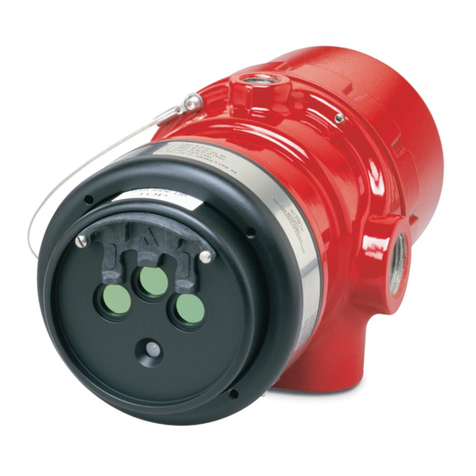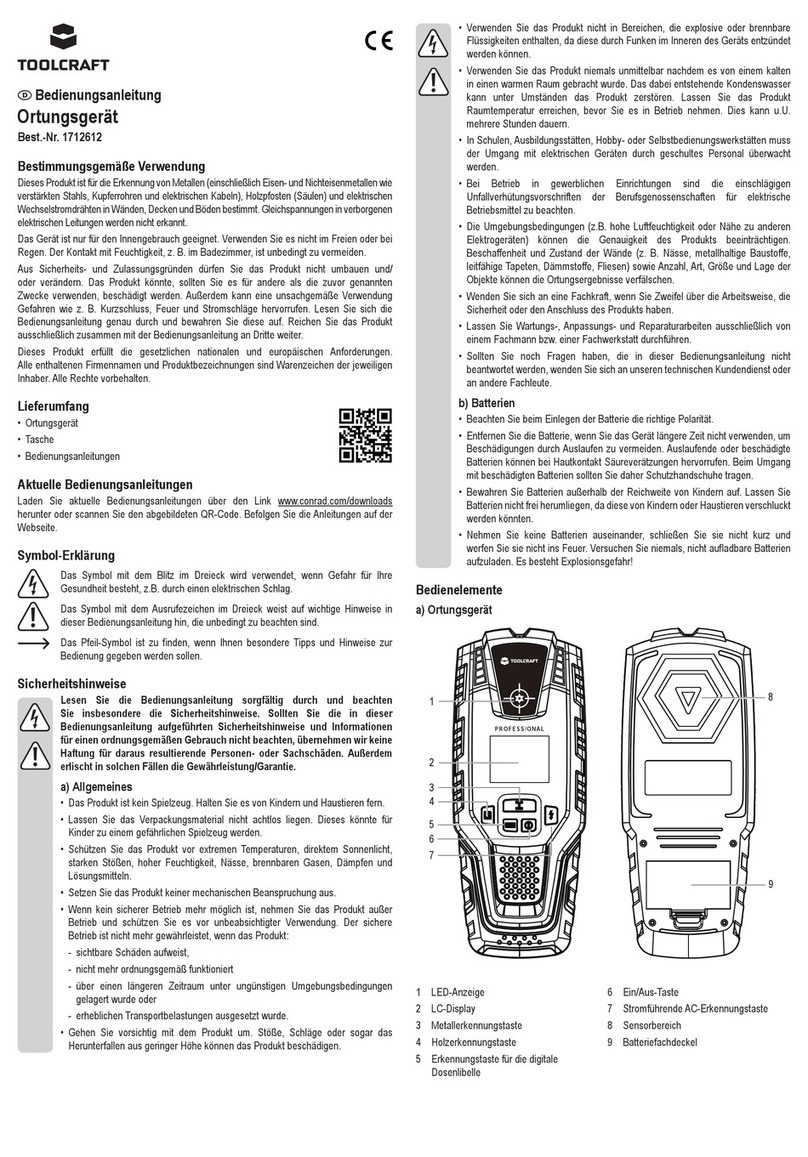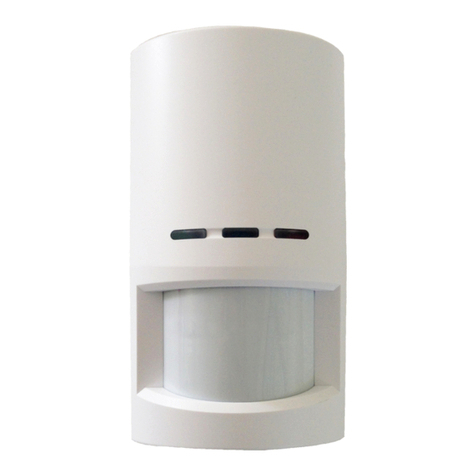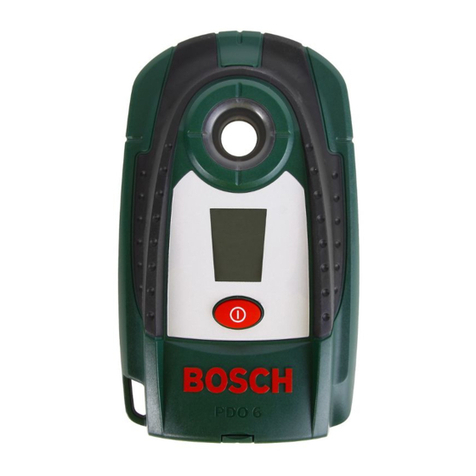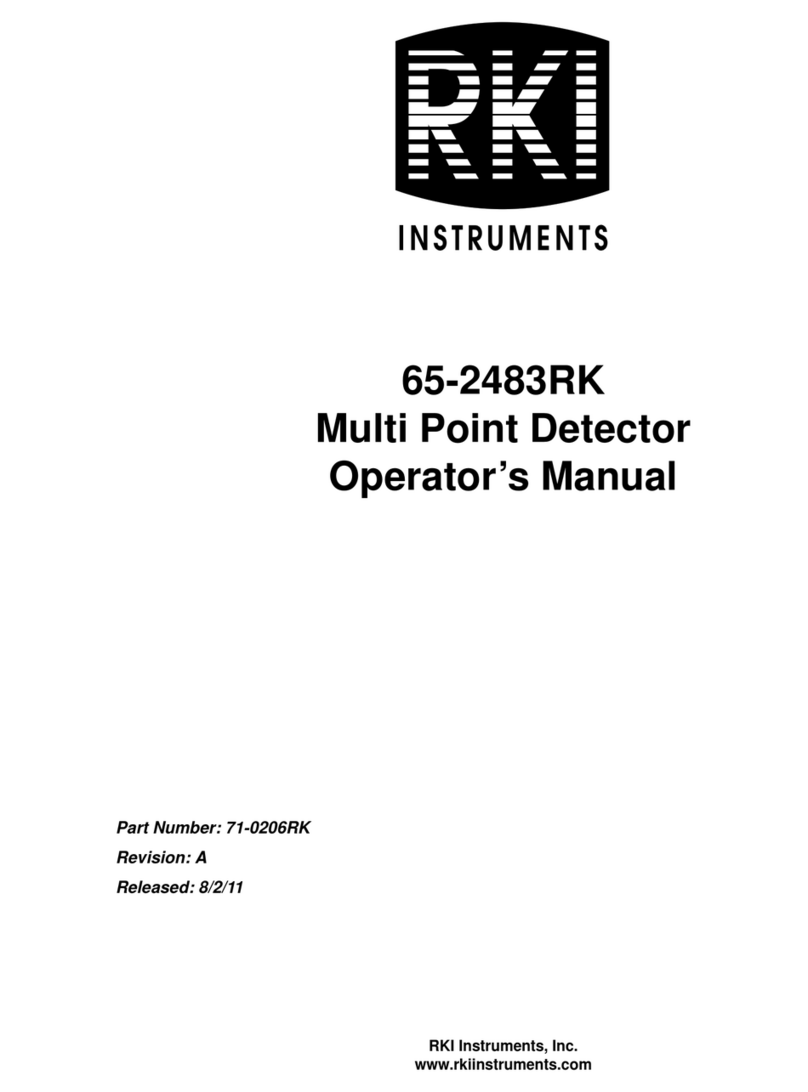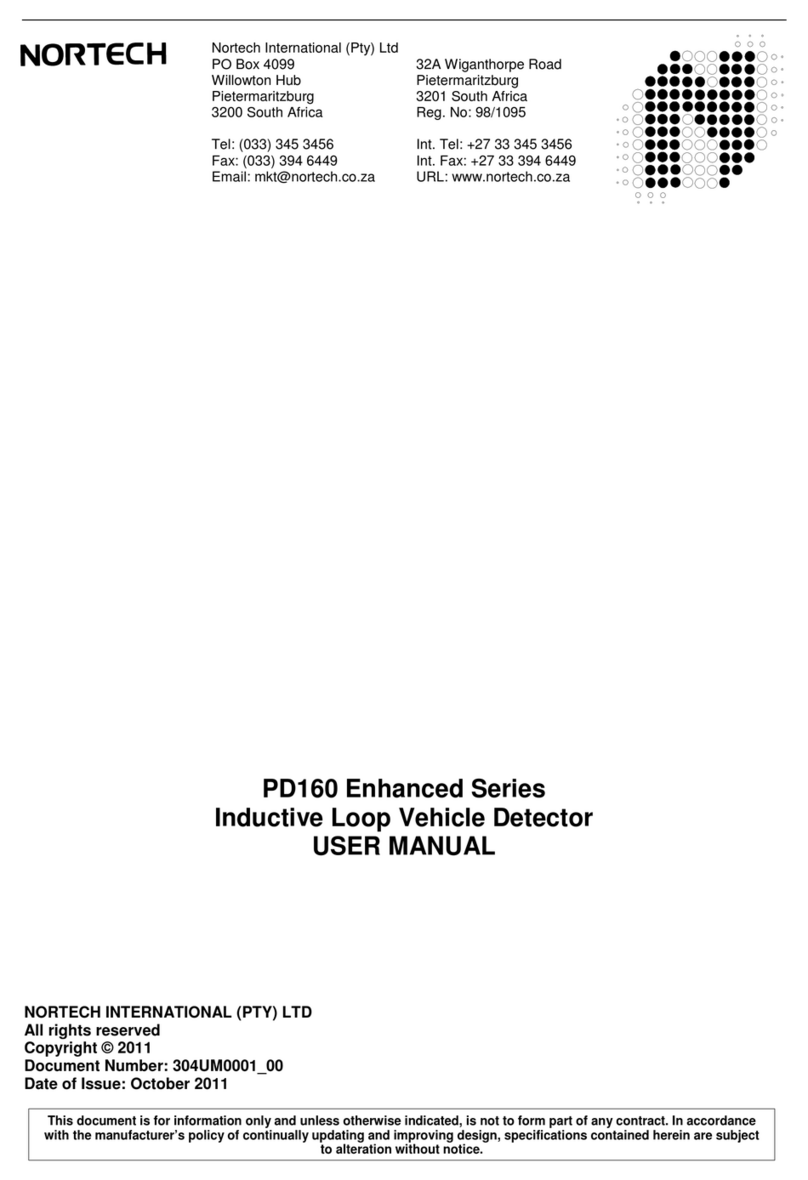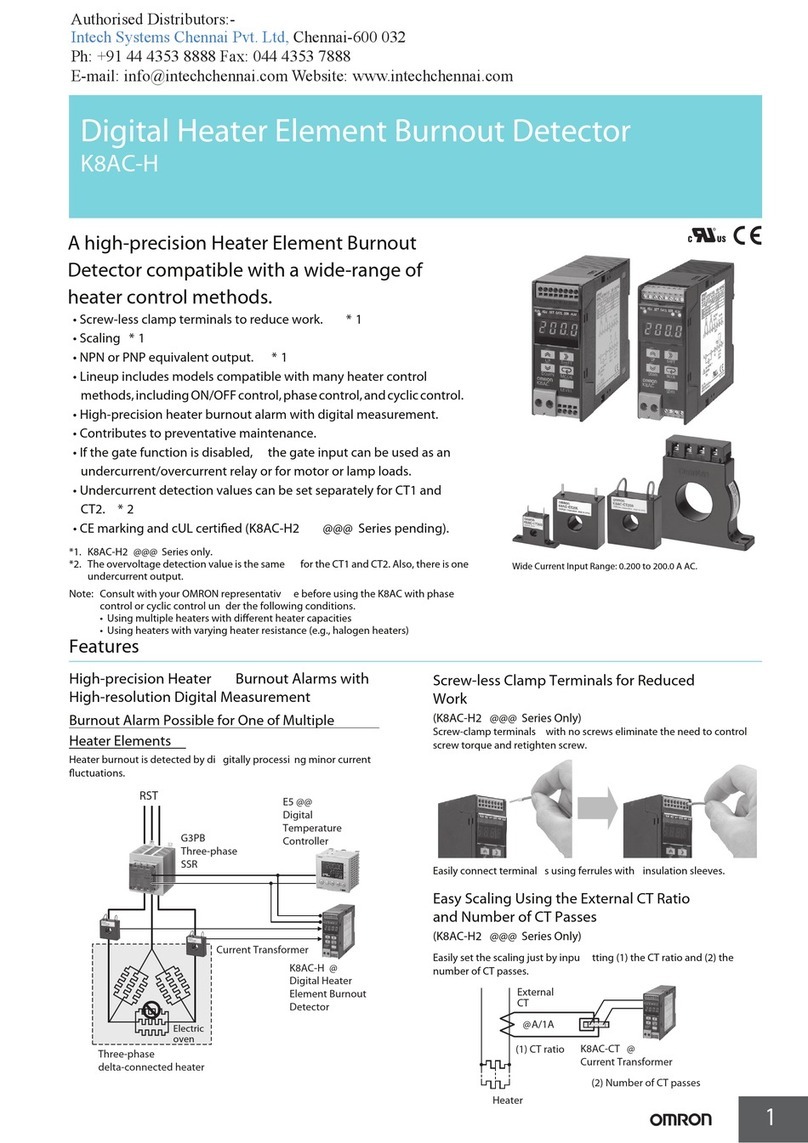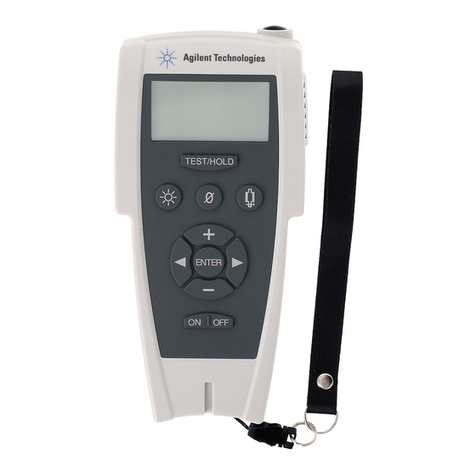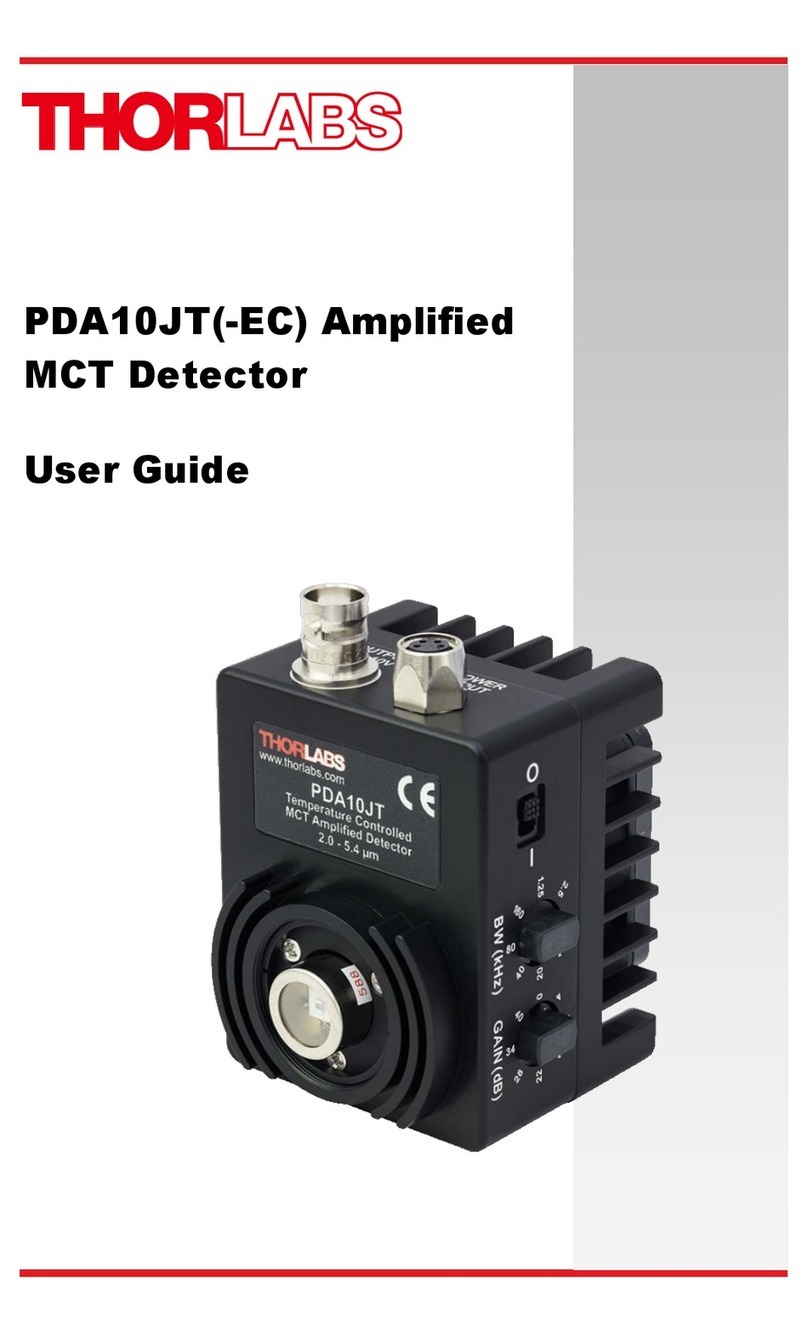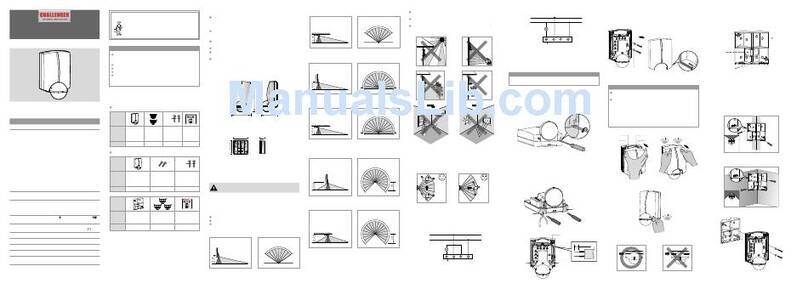
The Reliable Automatic Sprinkler Co., Inc.
(800) 431-1588 Sales Offices
(800) 848-6051 Sales Fax
(914) 829-2042 Corporate Offices
www.reliablesprinkler.com Internet Address
Manufactured by
Recycled
Paper
Revision lines indicate updated or new data.
EG. Printed in U.S.A. 09/18 P/N 9999970218
The equipment presented in this bulletin is to be installed in accordance with the latest published Standards of the National Fire Protection Association, Factory
Mutual Research Corporation, or other similar organizations and also with the provisions of governmental codes or ordinances whenever applicable.
Products manufactured and distributed by Reliable have been protecting life and property for over 90 years, and are installed and serviced by the most highly
qualified and reputable sprinkler contractors located throughout the United States, Canada and foreign countries.
Any alteration to the detectors after they leave the factory
including, but not limited to, painting, plating coating or
other modification may render the detectors inoperative
and will nullify all approvals.
6. Use guards on all detectors subject to injury by moving objects.
7. If pipe compound is used, apply to detector pipe thread only.
8. Store detectors in a cool, dry place. Prior to installation, detectors
should be maintained in original cartons and packaging until used
to minimize potential damage that would cause improper opera-
tions or non-operation.
9. NEVER APPLY PAINT OR ANY OTHER COATING TO DETECTOR.
10. Removal of paint or other coatings with solvents is not permissible.
11. When installing detector in plastic pipe, excess solvent cement
used during pipe installation must not become an obstruction in-
side inlet. Install detector into the sprinkler fittings only after all piping
is in place and solvent cement at each drop joint has cured at least
30 minutes.
1. Detectors are to be installed in accordance with the latest published
standards of the National Fire Protection Association, other similar
organizations and with the provisions of governmental codes or or-
dinances whenever applicable.
2. Use only the Model W2 wrench to install detector. Any other wrench
may damage the detector.
3. Never install a detector after it has been dropped or damaged in
any way. These detectors should be destroyed.
4. Never Install detectors in the fittings until the piping is in place on
the ceiling. Detectors are liable to be damaged if installed when the
lines are made up at the bench or on the floor.
5. Never attach wiring, ropes or fixtures to a detector or piping system.
After installation the entire pilot line system must be
pressure-tested to ensure proper operation, meeting the
required application standards, verifying that no unit was
damaged in shipping on installation, and that all detectors
are securely tightened. If a thread leak is noticed the unit
must be removed, new pipe joint compound applied and
then reinstalled.
Maintenance
Fire protection systems should be inspected in accor-
dance with NFPA 25 guidance. Keeping the fire protection
system in properly, maintained conditions is the respon-
sibility of the owner. Model F1-FTR must be inspected
regularly for corrosion, mechanical damage, paint etc.
Do not clean them with soap and water, ammonia or any
other cleaning fluid. Remove dust by using a soft brush or
gentle vacuuming. Remove any detectors that have been
painted (other than factory applied) or damaged in any
way. A stock of spare detectors should be maintained to
allow quick replacement of damaged or inoperable units.
Prior to installation, all detectors should be maintained in
the original cartons until used. This minimizes the poten-
tial for improper or non-operation. Systems subjected to
fire must be returned to service as soon as possible. The
entire system must be inspected for damage and repaired
or replaced as necessary. Sprinklers and fixed tempera-
ture releases that have been exposed to corrosive prod-
ucts of combustion or high ambient temperatures, but
have not been operated, should be replaced. Refer to the
Authority Having Jurisdiction for minimum replacement re-
quirements.
Release
Temperature
Classification
Nominal Temperature
Rating of Release
(Fusing Point)
Ceiling Temperature
at Release Bulb
Color
Temperature
Rating Color
Code
Listed Spacing(2)
Max. Recommended
Ambient Temp.(1)
Ordinary 135°F (57°C) 100°F (38°C) Orange None 50 ft x 50 ft (15 m x 15 m)
Ordinary 155°F (68°C) 100°F (38°C) Red None 40 ft x 40 ft (12 m x 12 m)
Intermediate 175°F (79°C) 150°F (65°C) Yellow White 40 ft x 40 ft (12 m x 12 m)
Intermediate 200°F (93°C) 150°F (65°C) Green White 40 ft x 40 ft (12 m x 12 m)
(1) Based on NFPA-13. Other limits may apply depending on fire loading, sprinkler location, and other Authority-Having-Jurisdiction requirements.
Refer to specific installation standards.
(2) Listed spacings are for smooth, flat, horizontal ceilings. Installation must comply with NFPA 13; NFPA 15, 3-5.2 & NFPA 72, 2-2 and Appendix B
Continued from page 1.
Important Precautions To Follow

